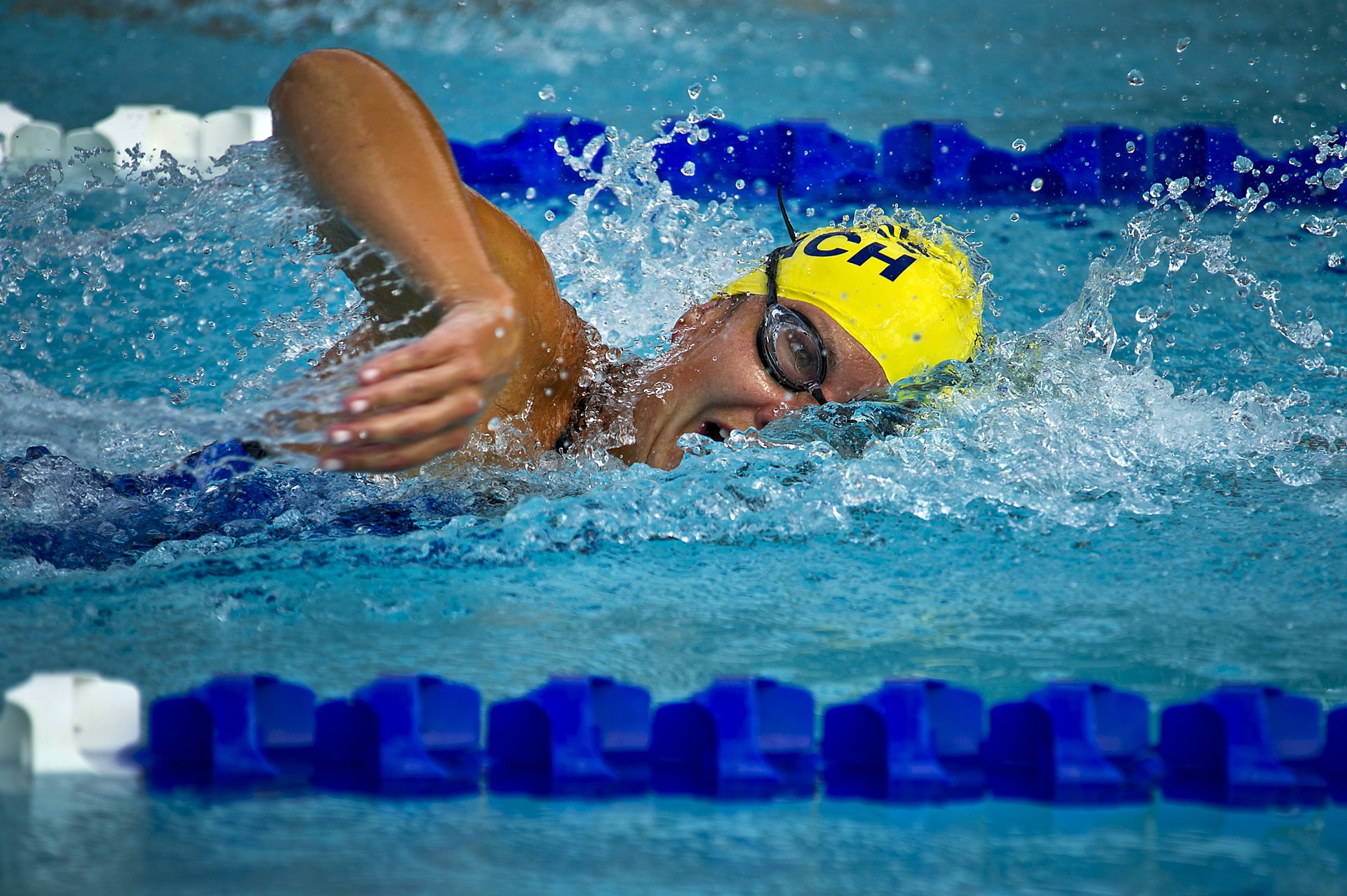6 Swimming Training Gears You Must Have To Level Up Your Game

The success of a sport isn’t measured by the greatness of the athlete’s equipment but by the exceptional skills of the athlete itself. But if you’re a competitive swimmer with a long, thick hair that always messes up with your agility, a great swim cap can save you from big trouble.
Skill is king, but the point is you also have to invest in various swimming essentials and gears designed to help you get the most out of what you love, especially when you’re still training to become a better swimmer. If you want to step up your game and swim faster, certain swimming gears can help you.
With hundreds of swimming gears available, how would you know if which ones you’re going to invest in? A 2015 article published in Swimming World Magazine laid out some significant points in choosing the perfect swimming gears to boost your speed. According to the author Wayne Goldsmith, you should focus on swimming aids that directly involve your four Hs: head, hands, hips, and heels.
Aside from a high-quality lap-swimming suit which is specifically designed to reduce drag and help you move freely in the water, here are six other swimming must-haves you may consider bringing as you train to become the best.
Head
1. Swim cap
Your long and thick locks may look great but they can hinder you from performing your best in the water. If you don’t tie your hair up or use an accessory to pull it back, it might get in your way of gasping for breath and ruin your workout. This is where the convenience of swim caps come in.
Swim caps come in multitude of sizes, colors, designs, and materials. They are commonly made of latex, lycra or spandex, and silicone, but you may also encounter swim caps made of neoprene, polyurethane, and rubber. Aside from keeping your hair away from your face, swim caps help reduce the drag, allowing you to pull off your strokes efficiently.
2. Swimming Goggles
Swim caps and goggles go hand in hand, and therefore should be part of your essentials. Goggles not only allow you to see clearer underwater but also do well in protecting your eyes from harsh pool chemicals and contaminants, letting you swim in smoother and more relaxed manner.
You just have to find goggles that are comfortable to wear and do not leak, or your money will go to the drain. The goggles’ lenses tend to be more comfortable when padded with gaskets made of silicone or foam rubber. You can also check the quality of the goggles by leaving the straps, pushing the lenses against the eye sockets, and releasing them. The pair of goggles should stick on your face even without the straps. If the wim goggles fall off, chances are they will leak water into your eyes and therefore are useless.
You can also have snorkels as part of your swimming kit. They aren’t just ideal for viewing the breathtaking marine life but also recommended when learning how to maintain a strong and stable head position while swimming.
Hands
3. Swim paddles
Swim paddles are swimmers’ equivalent of weightlifters’ dumb bells. Most coaches and swimmers believe that using swim paddles on a regular basis can make your shoulders stronger, improve stroke power, and allow you to swim faster. However, the real use of swim paddles is to enhance your ability to hold on to the water and apply pressure throughout your stroke. The less experienced you are, the smaller swim paddles you should use.
4. Kickboards
Kickboards are commonly found in the swimming kits of swimmers of all ages. They are floatation devices primarily used to help swimmers work on and focus more on their leg, hip, and stomach muscles. As you grip on the kickboard, you isolate your leg movements from your arms and put pressure on your legs. Kickboards also improve your balance and buoyancy by helping you remain streamlined.
Hips
5. Swim parachutes
Who says parachutes are only for air? Using towing equipment like swim parachutes help with the swimmer’s resistance training, which is proven not just to boost speed but also to build muscle and increase endurance. A swim parachute is made up of an adjustable nylon belt attached to a small parachute to overload your arms and legs with additional resistance. Swim parachutes also work best in helping you maintain a “high hips” position when swimming.
Heels
6. Swim fins
If you’re an inexperienced swimmer who is still working on your kicking abilities, then investing in fins and flippers is a good decision. We all know that most swimming drills rely on the legs for propulsion, but if you’re mastering the butterfly strokes and the crawl, swim fins can help by giving you the opportunity to focus on your arm motions and your stroke techniques, rather than your lack of kicking ability. They give you an efficient kick, allowing you to complete swimming drills faster and effectively.
Author Bio:
Despite her busy daily routine, Carmina Natividad still manages to find time for a little self-pampering. Aside from hitting the pool during the weekends, she also finds interest in writing articles focused on health and wellness. She is now one of the writers for Swimprint, a go-to shop for swimming enthusiasts in the UK.
Akshay Sharma
Latest posts by Akshay Sharma (see all)
- Best Single Door Fridge Models Of 2025 Features, Energy Ratings & Price Guide - December 22, 2025
- 5 Critical Things You Must Know for Professional Custom Badge Quality: An Expert’s Guide - November 3, 2025
- Are You Using a Loan Calculator for Second Hand Car Rightly? - October 13, 2025
- Round Steel Tanks: Long-Term Solutions for Water Storage - September 19, 2025
- Embrace the Culture: Syna World Hoodie and Syna World Tracksuit UK - September 13, 2025
